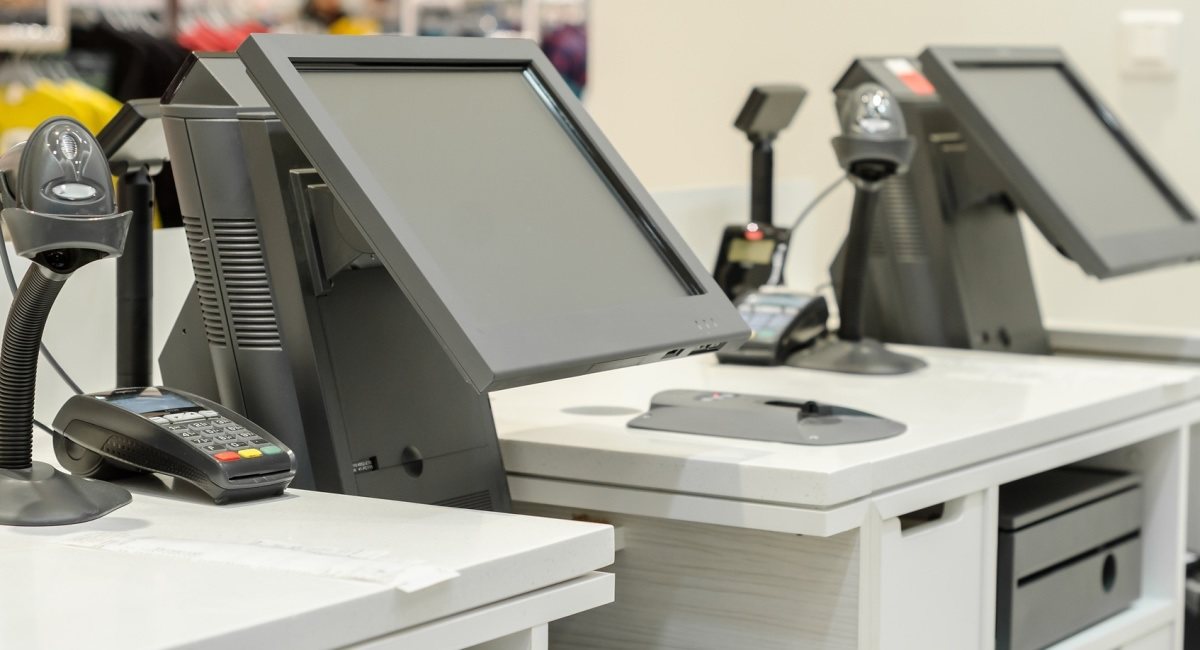Mastering Conference Room Payments: Tips for Businesses

In today’s professional landscape, conference rooms are essential for hosting meetings, workshops, seminars, and corporate events. Renting a conference room provides businesses, organizations, and individuals with a dedicated space equipped for productivity, collaboration, and professional presentation. Understanding how to pay for these services efficiently is critical to ensuring a smooth experience, whether you’re an event organizer, company administrator, or a small business owner.
This article explores the payment process for conference room rentals, common methods, pricing models, and best practices for managing transactions.
1. Understanding Conference Room Rentals
Conference room rentals provide temporary access to professional spaces for a set period. Facilities often include:
- High-speed internet and Wi-Fi access
- Projectors, screens, and audio-visual equipment
- Whiteboards and presentation tools
- Comfortable seating arrangements
- Catering or refreshment services (optional)
- Administrative support
The cost of renting a conference room can vary depending on the location, size, amenities, duration of use, and level of service provided.
2. Pricing Models for Conference Room Rentals
Several pricing models are commonly used in the industry:
a. Hourly Rate
- Description: Pay based on the number of hours the room is used.
- Usage: Ideal for short meetings or ad-hoc sessions.
- Pros: Flexible, cost-effective for small events.
- Cons: May become expensive for extended events.
b. Daily or Half-Day Rate
- Description: Flat fee for a half-day (usually 4 hours) or full-day (8 hours).
- Usage: Suitable for workshops, training sessions, and conferences.
- Pros: Predictable pricing, often cheaper than hourly for long sessions.
- Cons: Less flexible if event runs shorter than expected.
c. Package Deals
- Description: Bundled services, including catering, equipment, or tech support.
- Usage: Common in hotels or conference centers.
- Pros: Simplifies budgeting; ensures all needs are included.
- Cons: May include unnecessary services for smaller events.
d. Membership or Subscription Models
- Description: Companies or individuals pay a recurring fee for ongoing access to shared conference rooms.
- Usage: Co-working spaces and business clubs often offer this.
- Pros: Economical for frequent users; guaranteed availability.
- Cons: Upfront cost may be higher.
3. Payment Methods
Modern conference room providers offer various payment options to accommodate clients’ needs:
a. Credit and Debit Cards
- Most common method.
- Convenient, fast, and often includes fraud protection.
- Suitable for online or in-person bookings.
b. Bank Transfers
- Often used for large bookings or corporate clients.
- Secure, especially for high-value rentals.
- May take a few business days to process.
c. Online Payment Platforms
- Platforms like PayPal, Stripe, or Square enable easy online payments.
- Instant confirmation and digital receipts are generated.
- Ideal for small businesses or freelance organizers.
d. POS Systems
- Some venues provide point-of-sale terminals for in-person payments.
- Supports contactless cards, mobile wallets, and NFC payments.
- Ensures secure transactions and immediate confirmation.
e. Cash Payments
- Less common in professional settings but still available in smaller venues.
- Often requires receipts for proof of payment.
4. Best Practices for Paying for Conference Room Rentals
a. Read the Contract Carefully
Ensure the contract outlines:
- Total rental cost
- Payment schedule and due dates
- Cancellation and refund policies
- Included services and amenities
b. Use Secure Payment Methods
- Prefer credit cards, POS systems, or trusted online platforms.
- Avoid paying large amounts in cash unless necessary.
c. Confirm Booking Upon Payment
- Always request a confirmation receipt or email.
- Verify that the booking details, date, and services match your agreement.
d. Plan for Additional Costs
- Some venues charge extra for catering, AV equipment, or extended hours.
- Budget for potential overtime or additional participants.
e. Consider Deposits or Prepayments
- Many venues require a deposit (20–50% of total cost) to secure the booking.
- Final payment is often due before or on the day of the event.
5. Advantages of Modern Payment Systems for Conference Room Rentals
- Convenience: Pay online, in advance, or on the spot using POS terminals.
- Security: Digital payments reduce the risk of theft or lost cash.
- Record-Keeping: Receipts, invoices, and digital confirmations simplify accounting.
- Flexibility: Multiple payment options cater to different client preferences.
Paying for a conference room rental is a straightforward process when you understand the pricing models, available payment methods, and best practices. Whether booking for a short meeting, a full-day workshop, or recurring events, secure and convenient payment options enhance the overall experience. By planning ahead, confirming terms, and choosing reliable payment methods, businesses and individuals can focus on the purpose of their event rather than worrying about financial logistics.
Modern venues now provide multiple payment options, including POS systems, online transfers, and card payments, ensuring a smooth and efficient process for all clients.
